M9
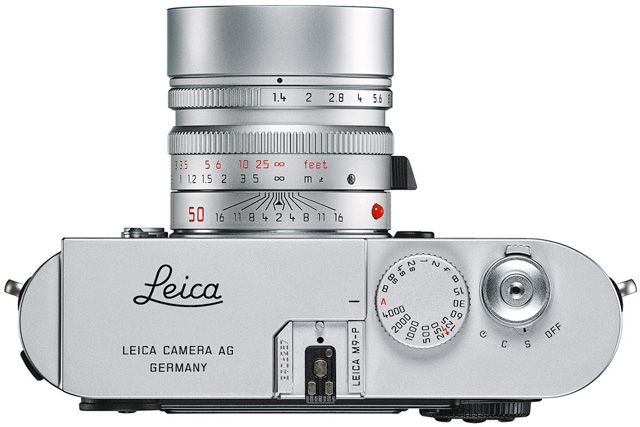
via Chromeography

via Chromeography
This is what happens when a 1950’s hot rod has sex with an espresso machine:

It’s the Kees Van Der Westen Mirage Veloce.
via Chromeography
HP Launches Redesigned Envy 15 and 17:
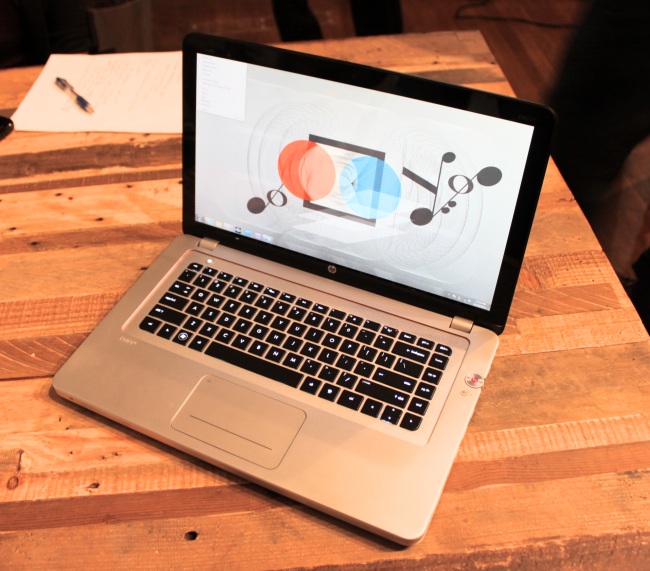
Honestly. What the fuck.
It’s almost too ridiculous to do an influencer/influenced comparison.
Rob Beschizza over at Boing Boing takes a look at Sony’s new Vaio X and how they keep monkeying with their product features, like the keyboard:
The computer keyboard isn’t a place where radical UI design changes are desirable. To extend the marketing metaphor, it’s like the typeface of a book. You’re stuck with the same old alphabet, in the same configuration, and your job is to preserve its usefulness while investing the work with with a certain character. The smart choice is to design something good and stick with it.
But Sony does not. The changes to the chiclet keys in the Vaio Z, however slight, show that it can’t even refine its own winning ideas. It’s as if Sony was using Helvetica before almost everyone else, then switched to Arial when the world followed suit.
I see the same behavior in the Android market, where new models get released each month and very few companes bother to stick with a phone and refine it, over and over again until it’s amazing.
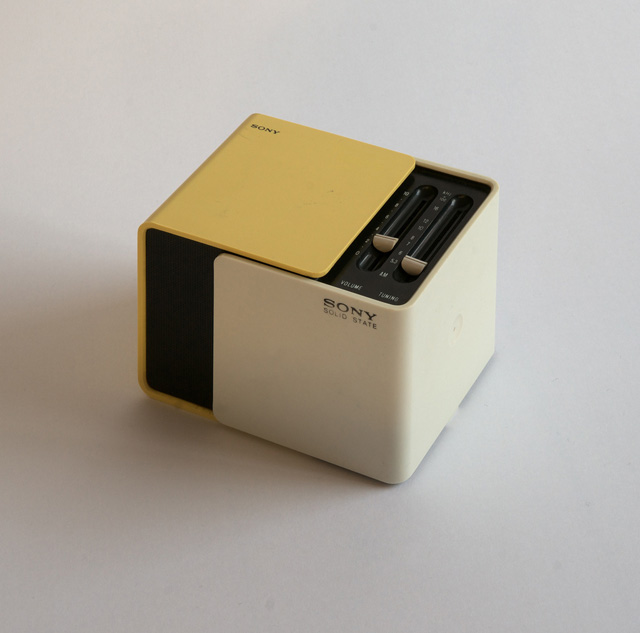
via The Next Web
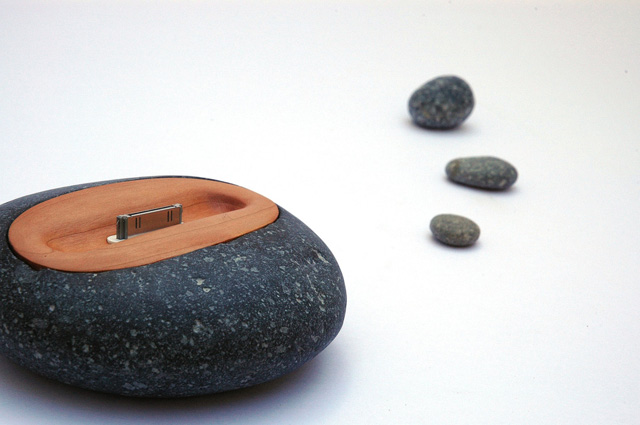
Available on Etsy from GreenTape.
From the creator:
The wood in this dock is cherry from the Black Cherry Tree, Prunus serotina Ehrh., which has been prized by woodworkers for centuries due to its beauty and woodworking qualitites. Cherry trees are widespread in the eastern half of the United States and the wood is considered by many to be the premier furniture wood in North America. The leaves in the picture are from a cherry tree. The wood insert is finished with several coats of orange oil and beeswax.
The actual wood used here is from small pieces a cabinet maker gave me about 20 years ago. I knew I would use it one day!
It takes me several hours, a dozen tools and over 30 steps to create these docks. Did I already say they were painstakingly made?
via The Next Web
via Co. Design
PSFK: How To Get Your Analogue Photos To Look Like Instagram Filters
?
How postmodern.
Aza Raskin recounts the story of Henry Kremer and the competition for the first plane powered by human and how Paul MacCready approached it in a much different way than everyone else:
A decade went by. Dozens of teams tried and failed to build an airplane that could meet the requirements. It looked impossible. Another decade threatened to go by before our hero, MacCready, decided to get involved. He looked at the problem, how the existing solutions failed, and how people iterated their airplanes. He came to the startling realization that people were solving the wrong problem. “The problem is,” he said, “that we don’t understand the problem.”
The problem was the problem. Paul realized that what we needed to be solved was not, in fact, human powered flight. That was a red-herring. The problem was the process itself, and along with it the blind pursuit of a goal without a deeper understanding how to tackle deeply difficult challenges. He came up with a new problem that he set out to solve: how can you build a plane that could be rebuilt in hours not months. And he did. He built a plane with Mylar, aluminum tubing, and wire.

via CarScoop
Influencer: MacBook Air, introduced 29 January 2008
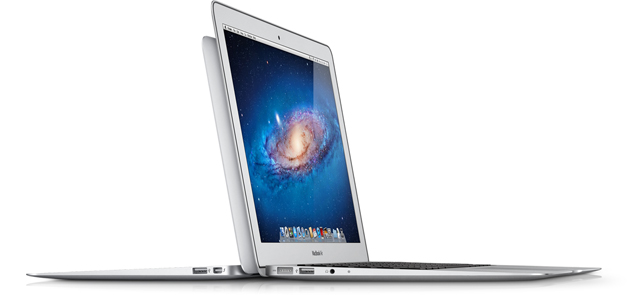
Influenced: Acer Aspire 3951, introduced 9 August 2011
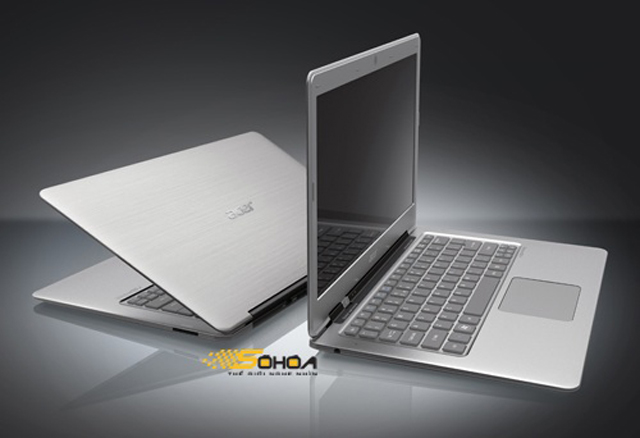
MacNN: PC makers gripe: Intel ultrabooks can’t undercut MacBook Air
Intel’s ultrabook spec is triggering frustration among Taiwan-area PC builders used to having cheaper machines than Apple, local contacts claimed Wednesday. Chassis guidelines requiring metal shells, solid-state drives, and very efficient lithium-polymer batteries to replicate the MacBook Air prevent the companies from undercutting Apple on price. Unless Intel cuts its own prices, there’s no real way to beat the Air, Digitimes was told.
The Intel hardware in a $1,000 system would make up a third of the price by itself.
Some are also supposedly complaining about having to change their notebook manufacturing processes. Not being used to the unified, soldered on designs Apple has been making since 2008, they would have to retool to get away from the traditional, bulkier, piece-by-piece manufacturing they’re used to. Intel has been holding workshops with companies to improve methods and the parts themselves.
Steve Jobs said Design is “not just what it looks like and feels like. Design is how it works.” (fourth paragraph, last two lines)
It’s not much of a stretch to say Design is also about how it’s made.
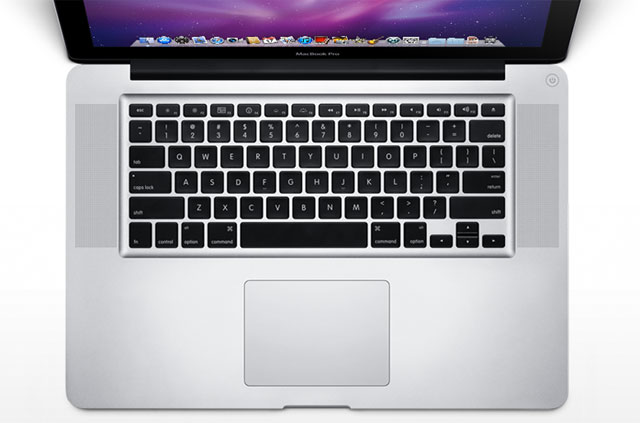


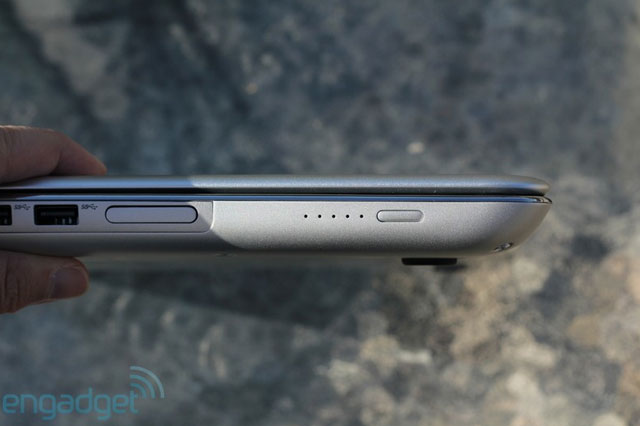
via Daring Fireball